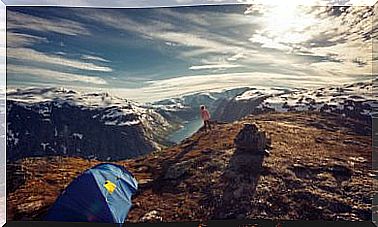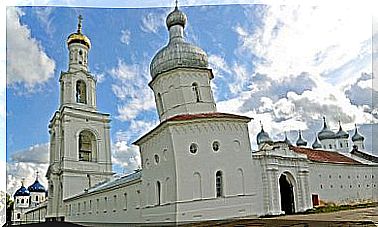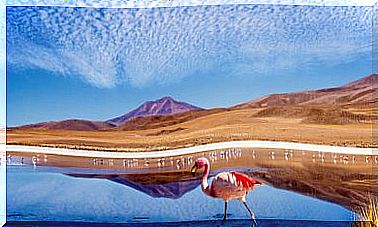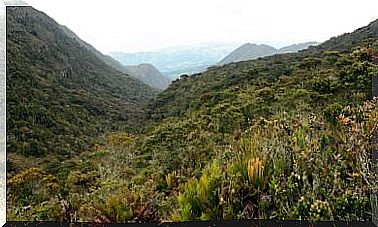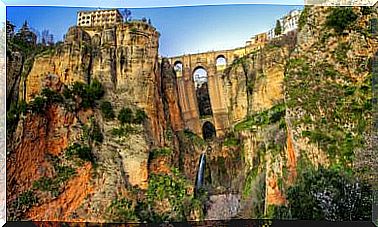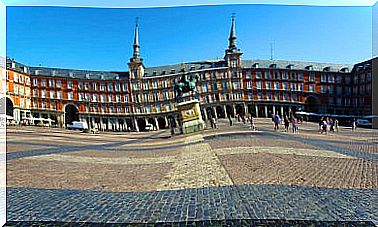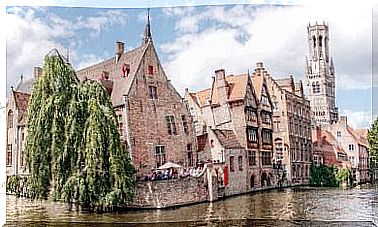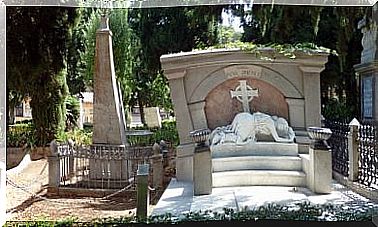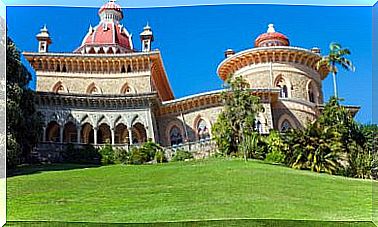Saint Petersburg And Its Palaces
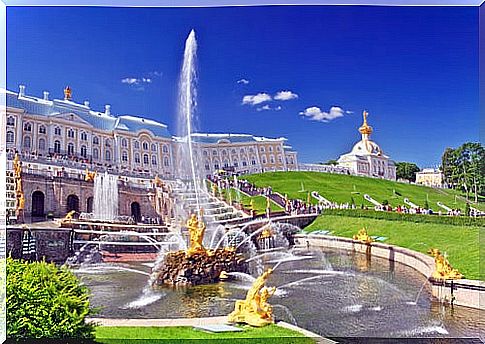
Saint Petersburg, in the north of Russia and on the shores of the Baltic Sea, is the great tourist capital of the country. This is due to its spectacular location in a network of canals on the Neva River delta and, above all, to the spectacular nature of its historical and artistic heritage. A heritage embodied in numerous palaces, museums and temples that tell us about what was once the elegant capital the empire of the tsars.
The city of Saint Petersburg, formerly known as Leningrad, and even earlier as Petrograd, originated in 1703, when Tsar Peter the Great decided that the imperial capital would be here. In other words, it is a city planned just over 300 years ago and for which there was no budget limit.
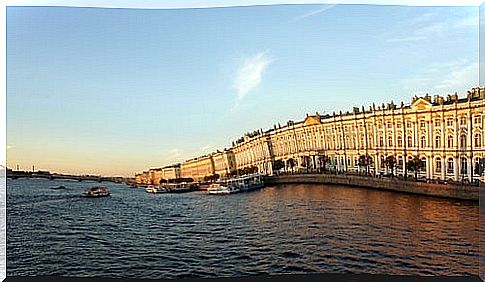
Some of the best architects and artists of the moment participated in this project, which is why the architecture of Saint Petersburg is the result of various influences from all over the continent. But, above all, it is a splendid complex that Unesco declared a World Heritage Site, since it exudes the elegance of other times and that today attracts travelers from all over the planet.
Here we present the main reasons to visit it:
The Hermitage museum
We are talking about the main cultural attraction of Saint Petersburg and one of the most important museums on the planet, since in its interior there are more than 2 million artistic objects.
Logically, such grandeur corresponds to a huge palace complex that includes five buildings, all of them jewels of the architecture promoted by Peter the Great and which were the residence of the Tsars.
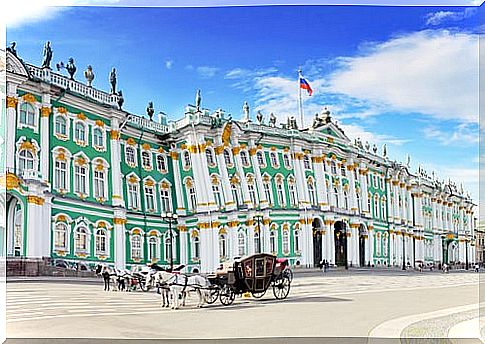
These buildings are the Winter Palace, the Hermitage Theater, the Little Hermitage, the Old and the New. In short, a vast complex that occupies the entire space between the boardwalk on the banks of the Neva and the impressive Palace Square.
Today, thousands of visitors enter this museum every day to admire its masterpieces, outlets of brushes from all eras. The list of artists is impressive : Fra Angelico, Leonardo, Caravaggio, Rembrandt, Velázquez, Goya, Cezanne, Gauguin, Matisse, …
Curiously, it all started in 1764 when Tsarina Catalina received about 200 paintings in payment for debts. It was then that she decided that she would have the best collection and began to buy almost compulsively, something that now Russians and tourists who come to St. Petersburg rejoice.
Peterhof Palace
The name should already give us a clue. Yes. It is another of the constructions promoted by Pedro el Grande. Another of its wonderful palaces, so much so that it is known by the nickname of “the Russian Versailles”.
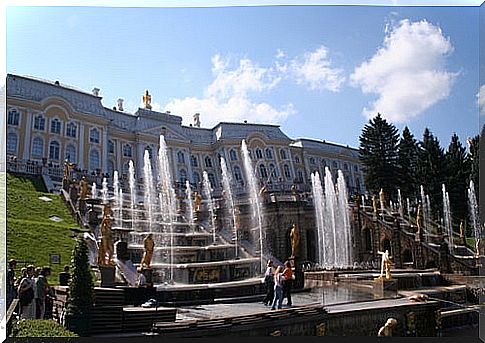
This name is due to the size of the complex, since the great palace of the tsar is surrounded by other smaller palaces and, above all, by spectacular gardens full of statues, fountains and vegetation. In short, Peterhof is like a city within a city, like a great jewel within the immense architectural jewel that is Saint Petersburg.
Strolling through the canals of St. Petersburg
In Saint Petersburg there are dozens of islands surrounded by canals and linked together by more than 300 bridges, some real gems. But moving through the historic heart of the city is to take a continuous walk between palaces. Not only the two giants already named, but many others from the aristocracy and bourgeoisie that, evidently, settled in the city, always close to power.
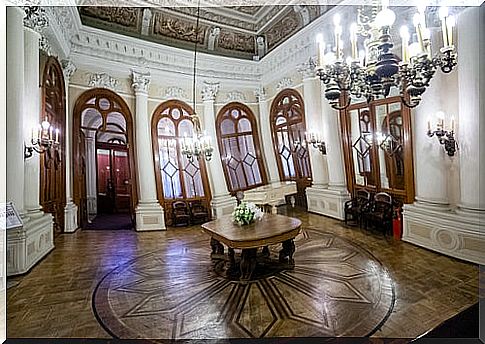
Each of these palaces has its charm, its artistic value and also its historical episodes of interest. For example, in the Yusupov Palace, also known as the Moika Palace, the influential Russian mystic Rasputin was assassinated. Or the bombastic and magnificent Marble Palace, neoclassical in style and built by order of the most powerful nobleman in Russia in the mid-18th century, who, coincidentally, was the favorite lover of Tsarina Catherine the Great.
But the lavish buildings in the city center do not end here, since you can also see the Mikhailovsky or Engineers Castle and the Anichkov, Stroganov or Menshikov palaces.
And we must not forget that on the outskirts of the city there are still elegant palatial villas of the tsars, such as the Pavlovsk Palace, the Alexander Palace or the Catherine Palace, in the neighboring city of Pushkin.
Other monumental attractions of Saint Petersburg
We have already said that the repertoire of palaces in this Russian city is vast. However, you can also visit other monumental claims. One of them is the fortress of San Pedro and San Pablo, origin of the city and where the cathedral with the name of those two saints is located. Above all, it is famous for housing the tombs of the Russian tsars, including the last ones, who saw the arrival of communism.
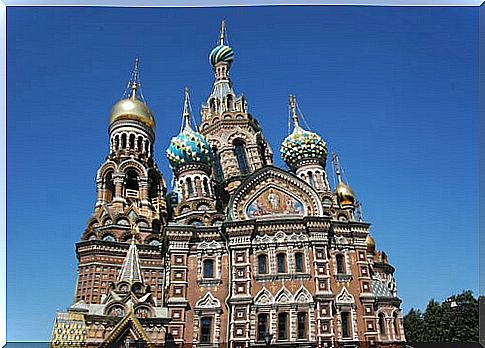
However, this temple is not the only one of interest in the city, since the Church of the Savior on Spilled Blood, built on the site where Alexander II was assassinated, is also a must. And this temple is a good summary of what a trip to Saint Petersburg is like, the city of the Tsars where art, history, the cosmopolitan and the most Russian go hand in hand.
